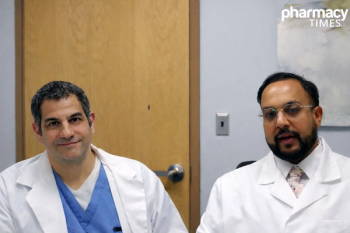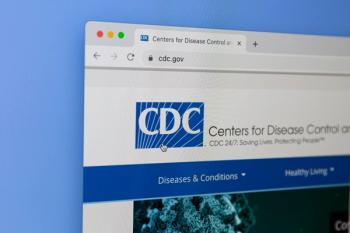
How Does Demand Respond to Non-Linear Drug Coverage?
Researchers apply a dynamic model to analyze demand response to non-linear drug benefits using data from Medicare Part D.
Pharmacy benefit managers always strive to understand the cause and effect relationships between pricing schedules and resource utilization. These relationships are subtle and multidimensional, and are especially difficult to measure and analyze over time in a non-linear pricing schedule.
Non-linear contracts are the norm in today’s health insurance marketplace, yet most of the existing literature only has looked at demand response in the context of a single price.
To gain better insight, investigators developed and published a dynamic model designed to paint a descriptive picture of drug expenditure and illustrate demand response to non-linear contracts over an extended period of time.
In an analysis published in the Quarterly Journal of Economics, researchers specifically looked at utilization under the Medicare Part D drug benefit with particular interest in how “filling the donut hole,” as required by 2020 under the Affordable Care Act, can be expected to impact utilization costs.
Filling the donut hole refers to eliminating the gap in prescription coverage that currently exists in standard, non-linear Medicare D plans, between the thresholds where 75% coverage ends and catastrophic coverage begins.
This novel analysis looked at micro data from a 20% random sample of Medicare Part D beneficiaries, from 2007 to 2009, to estimate a dynamic model of individual demand response behavior that can be applied to other non-linear contract designs.
Their findings predict that filling the donut hole will lead to a total estimated annual increase in drug spending of $150 per beneficiary (about 8%). For Medicare Part D participants, the total estimated annual increase is predicted to be much higher, at $260 per beneficiary (about 25%).
But that is not the whole story.
Looking at drug expenditure beyond the typical one-year contract time frame, researchers discovered that about two-thirds of these annual spending increases may be explained by cross-year substitution; that is, beneficiaries delaying purchases until the next year’s coverage begins. This suggests that net annual spending increases might actually be as low as $45 per beneficiary.
Their findings also observed that anticipatory behavior could be attributed to about one-quarter of the cost increase, even for those individuals whose spending never would have reached the donut hole under traditional schedules.
Behavioral responses, illustrated by the significant bunching of expenditures around a kink in coverage, were seen to grow over time, suggesting a learning effect on the part of beneficiaries or pharmacists.
The learning effect was stronger for healthier individuals than for the ill. Sharp decreases in spending were observed toward the end of a contract year for individuals nearing a kink in coverage, and that drop in claims was most distinct for branded (versus generic) drugs.
Newsletter
Stay informed on drug updates, treatment guidelines, and pharmacy practice trends—subscribe to Pharmacy Times for weekly clinical insights.













































































































































































































